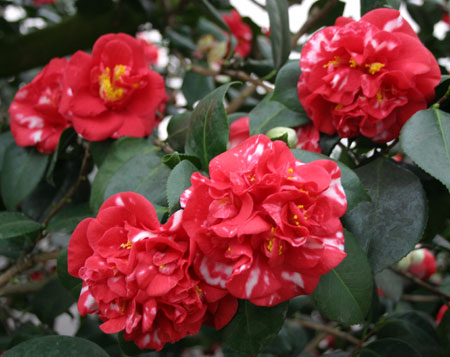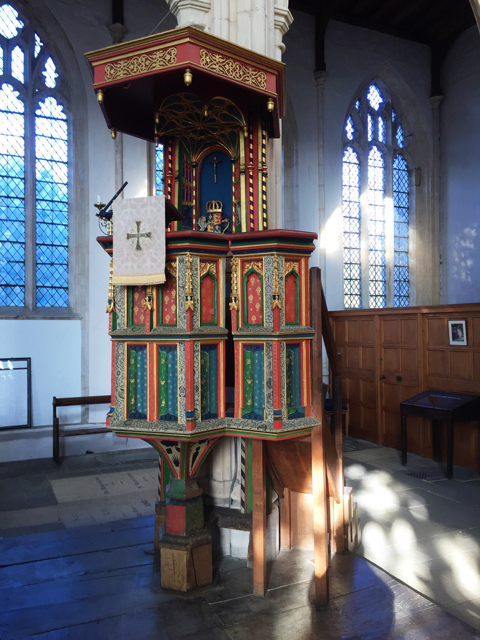
Category Archives: History
Brooklax Chocolate Laxative
Ecole Communale
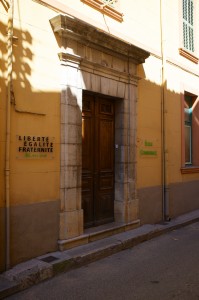
Liberté, Égalité, Fraternité … et Laïcité so says the sign to the immediate left of the main entrance of the local primary school. Everyone entering is continously reminded of the country’s famous, national, three-part motto.
What of the fourth, less well-known term? Laïcité is often defined in English as secularity or secularism. Wikipedia suggests it dates from 1842 and has been used, from the end of the 19th century on, to mean the freedom of public institutions, especially primary schools, from the influence of the Catholic Church.
However, given the decline of Catholicism and the rise of other religions, it’s probably more appropriate to think of it as signifying “the absence of religious involvement in government affairs, as well as absence of government involvement in religious affairs”.
But what a thing to remind everyone of as they go to school every day. No religion here please, we’re French! I wouldn’t have thought it equally as important as Freedom, Equality and Brotherhood, would you?
March 20, 1915
Besides 1 man killed and 2 wounded, ‘Fletcher* was shot through the head by a sniper just after breakfast. During this tour he had gone out and brought in a French tricolour which the Germans had fastened to a tree right over their wire. The flag was afterwards presented to Eton College where he had been a master. He will be a great loss, not only for his gallantry, but for his personality and his conversation at Mess. To return off a cold and sticky digging party to Streaky Bacon [Farm] to find him sitting up over a decanter of rum with Wynne-Edwards and chanting in Greek a chorus from Aristophanes, or to hear his gay voice through a billet window on a bright March morning declaiming Swinburne’s “The Hounds of Spring are on Winter’s traces,” or watch him blowing smoke-rings after Mess while he parried the C.O.’s chaff about “University Education,” was an essential part of the amazing mixture of those days. There was something truly Elizabethan about “The Don”. He was buried in the cemetery on the right hand of the road as we go out to Bois Grenier.’
The war the infantry knew 1914-1919 by Captain J. C. Dunn, Abacus 2014.
*Second Lieutenant Walter George Fletcher, 1888-1914.
Horticultural history in full bloom
Last week the long-list for this year’s Samuel Johnson Prize (Britain’s “most important” prize for non-fiction) was announced, and I just happen to be reading one of the nominees at the moment — A Thing in Disguise: The Visionary Life of Joseph Paxton by Kate Colquhoun.
Sir Joseph Paxton (1803-1865) was the 6th Duke of Devonshire’s gardener, and he became famous as the architect of the Crystal Palace, home to Britain’s first international exhibition of industrial accomplishment, The Great Exhibition of 1851.
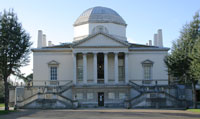
Initially Paxton worked for the Duke of Devonshire at Chiswick House, which is approximately a mile from where we live in west London. According to English Heritage, which now manages the property, “Chiswick House is the first and finest 18th century Palladian villa in the country”. It was built in 1728, and was essentially the Duke’s country house closest to London.
Not much appears to be known about Paxton’s early career at Chiswick, but having read about its garden and greenhouse in his biography, Sudsy Dame and I walked over on Sunday to have a look. According to Colquhoun:
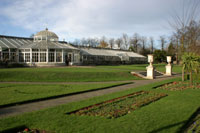
When the 5th Duke of Devonshire inherited the house, he commissioned Wyatt to add two substantial wings to the building and, in 1813, the 6th Duke, wealthy enough to indulge his passion for building and for horticulture, gilded the velvet-hung staterooms and commissioned Lewis Kennedy to create a formal Italian garden. Samuel Ware — later the architect of the Burlington Arcade — built a 300-foot long conservatory in the formal garden, backed by a brick wall, with a central glass and wood dome. In time, it would be filled with the recently introduced camellias which, along with the exotic animals, captured the very height of Regency fashion.
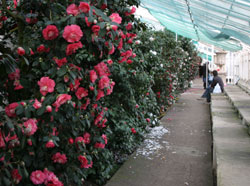
In a subsequent footnote, Colquhoun writes:
The Italian garden, the conservatory and many of the original camellia plants still exist at Chiswick House Gardens, London, W4. The first book on the subject of the camellia appeared in 1819, Monograph on the genus Camellia by Samuel Curtis, and listed 29 varieties being grown in England.

Well as you can see, the camellias are still blooming. It is amazing to think that these shrubs have grown here for almost two hundred years, but we saw one label stating 1823 and another citing 1795. Despite the genteel decay that now pervades Chiswick House and its garden, the flowers remain magnificent. It’s yet another example of how history is positively tangible in this crowded, over-developed part of the world.

